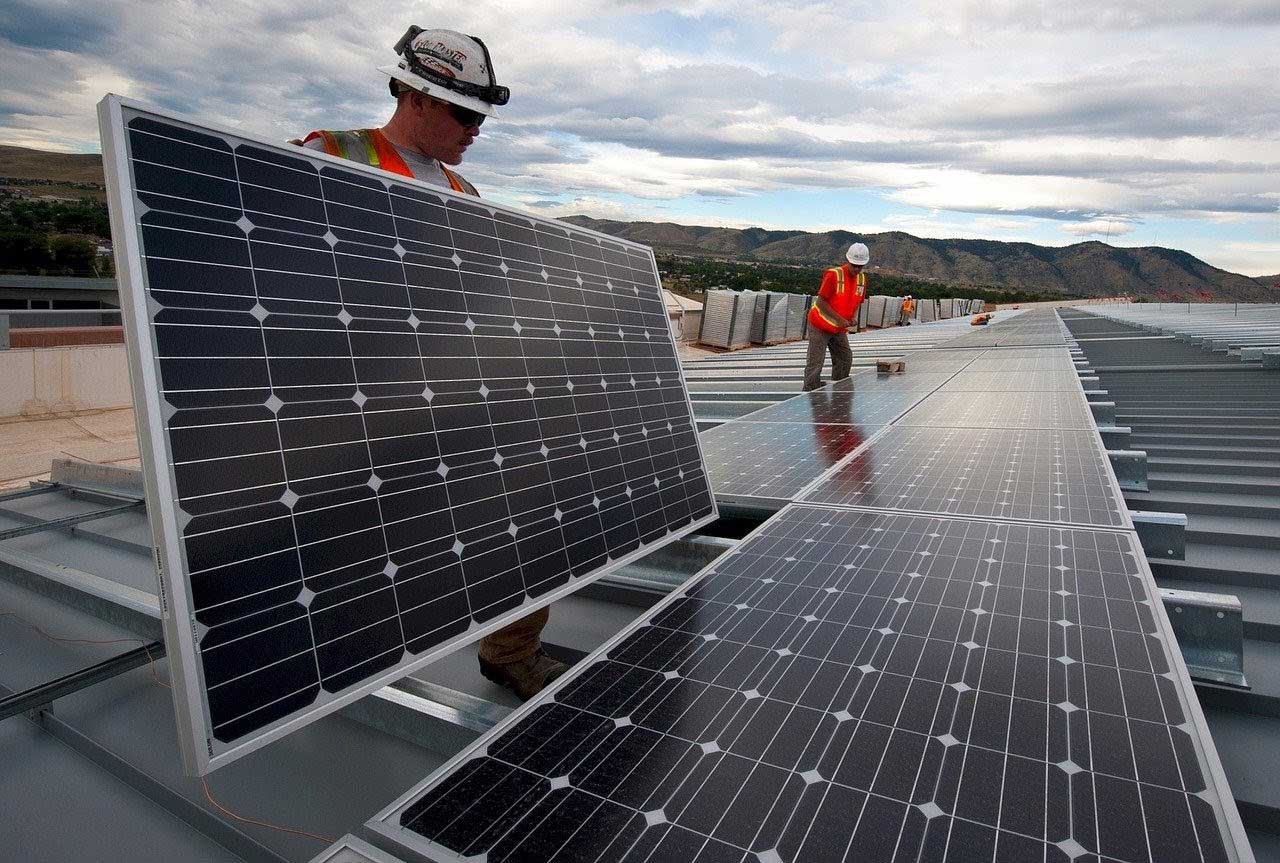Most of us came into this world tended by the comfort of water heaters, boilers, and heat pumps. They are very common in every Indianapolis household. These heating systems saved our lives, figuratively. But, literally, during the winter or cold climates. We are so familiar with the convenience that home heating systems give. To the point that we often take its existence for granted.
Way back 3000 BC, ancient civilizations did not have the luxury of enjoying hot baths. Gushing rivers became their public baths (read more). Waterfalls served as their showers. The creation of private baths went as far back as the Indus Valley civilization. It was then innovated by the ancient Egyptians by introducing hot water baths.
As a common component of our homes, we do not pay much attention to these heating systems. We just expect them to keep doing their jobs every day. But, like any home appliance, heating systems should also be taken care of.
Knowing how our heating systems work helps us to know their proper cleaning, handling, and caring. Also, how to maintain them and what to do if they need repair.
Guide on the Different Home Heating Systems
Boiler
Boilers are the large version of portable water heaters, but with a double purpose. Boilers provide homes with both hot water and steam.
How It works: Boilers boil water. Heated water is then distributed throughout the house via pumps and metal pipes. Boilers also provide heat all over the house by using the steam it produces during water boiling. The steam moves through metal pipes into radiators that will convert it into thermal energy.
Proper Care: Just like any furniture, boilers need regular cleaning and maintenance. Check its thermostats, safety valves, and pressure gauge for any abnormal signs. Only do these if you have basic knowledge of how boilers work. If not, it is best to let the professionals handle it. Like the Complete Comfort Go heating repair service in Indianapolis. There are many repair companies all over the country, contact nearby ones that can be trusted.
Furnace
Furnaces operate by using the forced air distribution system. Unlike boilers, they only distribute heated air around houses.
How It Works: A furnace’s fuel will be ignited and burned. The flames it produced heats up a metal exchanger, from which air will be heated. After going through the heat exchanger, a blower pushes heated air via built-in ductworks all over your house. As rooms become warmer, the cold air will then be drawn back to the return docks into the furnace. Then the process just repeats itself.
Proper Care: Clean or change your furnace filter every 1 to 2 months. Filters help purify the air that goes around your house. For those who use gas furnaces, check your exhaust flue every now and then. Make sure that it is clear from any blockage. If not, harmful and dangerous chemicals might backdraft inside your house like so: https://www.familyhandyman.com/heating-cooling/furnace-repair/do-it-yourself-furnace-maintenance-will-save-a-repair-bill/.
Heat Pump
Heat pumps work in two modes: the heating and the cooling mode. Refrigerators and air conditioners use the latter mode alone.
How It Works: During the winter, heat pumps gather heat and warmth from the outside and dispense it inside our homes through an electrical system. Aside from the outdoor environment, heat pumps can also collect heat from the underground. This geothermal energy is more expensive but sustainable.
Proper Care: Proper maintenance of heat pumps is crucial to lessen energy consumption. Maintain it by changing its filters, tidying dirty exterior coils, and cleaning its outdoor unit. Do these self-maintenance according to the manual’s instructions. Employ the help of a professional technician to do a systems check every year.
Radiant Heating
Luckily, modern technology allowed us to enjoy state-of-the-art heating systems like radiant heating.
How It Works: Radiant heating systems require installation of electric-heated coils under your floors, walls, or ceilings around your house. The heated coils emanate radiant energy. This energy is then absorbed by the objects in the room, warming the space that it surrounds. This heating system can also run on water-heated tubings.
The radiant heating system rises in popularity due to its high energy efficiency. Unlike other systems, its electromagnetic waves heat objects faster than most. Thus, saving 50 percent of your heating cost.
Proper Care: You can only do an exterior checking of it. Radiant heat systems need the expertise of HVAC professionals. Any inspections, cleaning, and maintenance should be done by them.
Active Solar Heating
How It Works: Solar collectors are placed on top of roofs, to be hit by direct sunlight. Then a pump pushes cold water (from a storage tank) into the solar collectors inside space where it will absorb the collected solar energy. It will then travel through another pipe that goes into a tank with a heat exchanger. Built-in plumbing or tubings carries the heated water throughout the house, under the floors, ceilings, and walls. It will then transfer its heat onto the materials or objects inside the house, like that of a radiant heating system.
Liquid-based solar heating can store solar energy when not used. Their storage tanks have heat exchangers that can store unused solar energy from water.
Proper Care: Dust, small debris, and vegetation growth can obstruct your panels from collecting solar energy. Do a periodic visual inspection and cleaning if necessary. Their support structures, glazing, and seals should be intact and in good condition. Check the storage tanks for any signs of leakage or corrosion.










